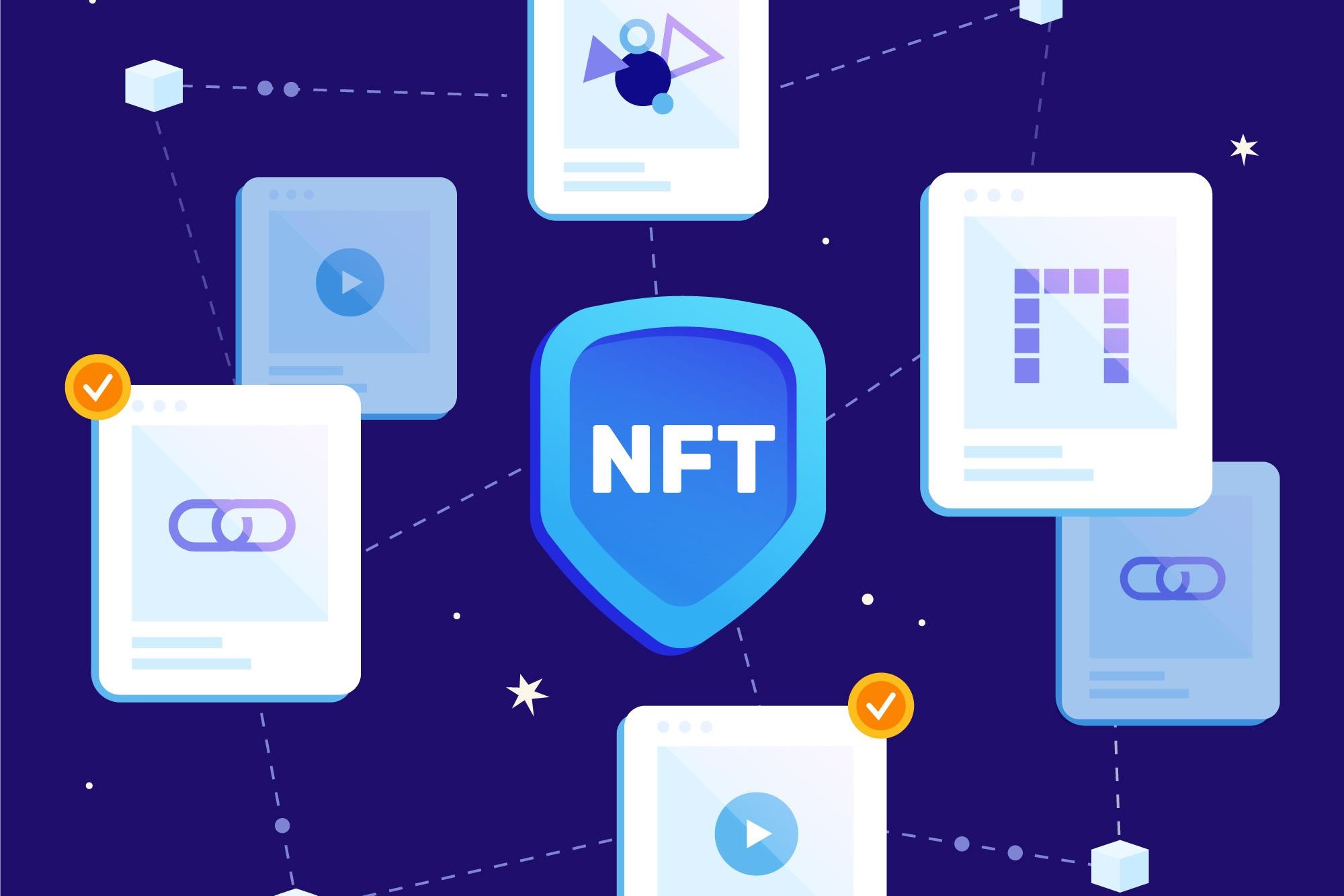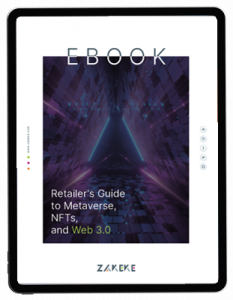In today’s vibrant digital landscape, businesses constantly seek innovative ways to engage customers and foster loyalty. One such groundbreaking innovation that has been making waves recently is the use of Non-Fungible Tokens (NFTs) in loyalty programs.
This article delves into the concept of NFT loyalty programs, their benefits, and how they can revolutionize customer retention strategies.
Introducing NFTs
Non-Fungible Tokens, or NFTs, are unique digital assets stored on a blockchain. Unlike traditional tokens or cryptocurrencies, NFTs are unique and cannot be exchanged on a like-for-like basis. This uniqueness makes NFTs ideal for proving ownership in the digital world.
The rise of NFTs has opened up a world of possibilities for businesses to engage with their customers in a more personalized and meaningful way. By offering unique digital assets as rewards, businesses can create membership programs that are more engaging, secure, and easily verifiable. With NFTs, gamification mechanics can be leveraged based on rarity and tiers levels.
Evolution of Loyalty Programs
Loyalty programs have been a staple in customer retention strategies for decades. They have evolved from simple punch cards and point systems to digital apps and membership clubs.
However, traditional loyalty programs often face challenges such as low redemption rates, lack of personalization, and difficulty measuring program effectiveness. These programs often fail to create a sense of exclusivity or offer rewards that genuinely resonate with customers.
NFT-based loyalty programs offer a novel approach to customer retention. The transparency and traceability of blockchain technology make it easier to measure the effectiveness of loyalty programs. Customers can easily track and redeem rewards, leading to higher redemption rates.
Furthermore, NFTs can be designed to reflect the customer’s preferences, enhancing the personalization of the rewards.
The potential of NFT loyalty programs extends beyond mere customer retention. NFTs can also be a powerful marketing tool, allowing businesses to create unique campaigns and promotions to drive customer engagement and increase brand awareness.
The Web3 Studio DVRS At DVRS, we believes that on-chain loyalty programs can give brands a unique opportunity to grow a highly engaged community, analyze customer interactions, get detailed analyses of user personas, and track their on-chain behavior. This level of insight and engagement is unparalleled in traditional loyalty programs, making NFT loyalty programs a game-changer in customer retention strategies.
Industries Benefiting from NFT Loyalty Programs and Their Challenges
NFT loyalty programs are versatile and can be implemented across various industries. Here are a few sectors that could particularly benefit:
- Retail: Retailers can use NFTs to offer unique digital collectibles, early access to sales, or exclusive products, enhancing customer loyalty and driving repeat purchases.
- Entertainment and Media: Movie studios, music artists, and publishers can use NFTs to offer exclusive content, early access to new releases, or unique fan experiences.
- Travel and Hospitality: Airlines, hotels, and travel agencies can use NFTs to offer unique travel experiences, upgrades, or exclusive access to lounges and events.
- Gaming: Game developers can use NFTs to offer in-game items, characters, or experiences, enhancing player engagement and loyalty.
However, implementing NFTs in loyalty programs is not without challenges:
- Technical Complexity: Creating, managing, and integrating NFTs into existing systems can be technically complex and may require significant investment in new technologies and skills.
- Legal and Regulatory Uncertainty: The legal and regulatory landscape for NFTs is still evolving, and businesses may face challenges in complying with laws and regulations related to digital assets.
- Customer Education: NFTs are a relatively new concept for many people. Businesses will need to invest in educating their customers about the value and benefits of NFTs.
- Environmental Concerns: As far as the environmental impact of NFTs, it should be noted that, despite common belief, the majority of blockchains have shifted to low energy-intensive mechanisms and thus are more environmentally friendly.
NFT Loyalty programs examples
As the concept of NFT loyalty programs continues to gain traction, several forward-thinking brands have already started to explore this new frontier. One such brand is Starbucks, which has embraced this technology with its ‘Starbucks Odyssey’ program.
Starbucks Odyssey is a special loyalty program that offers customers unique NFT “stamps” as rewards, which can be used for exclusive benefits within their digital community. This not only enhances customer engagement but also creates a unique digital experience for customers.
Since its launch, Starbucks Odyssey has seen significant success. The program has attracted many participants, with its first NFTs generating a total trading volume of over $1.8 million. This success demonstrates the potential of NFT loyalty programs and how they can be used to create a unique and engaging customer experience.
Designing an NFT Loyalty Program
When designing an NFT loyalty program, businesses should consider the following:
- Understand your audience: Know what appeals to your customers and what digital rewards would enhance their engagement.
- Choose the right platform: Various platforms exist for creating and managing NFTs. Choose one that fits your business needs and technical capabilities.
- Start small with a restricted audience: First, involve a limited number of tech-savvy loyal customers to run a trial. Limit the supply of available digital memberships to create exclusivity and manage the activation more efficiently.
- Use digital collectibles as a trojan horse: Organize digital collectibles giveaways to onboard customers onto your on-chain loyalty program. Create a seamless redemption process for your digital collectibles to ensure a user-friendly experience.
- Provide more utility and real-life benefits to your most loyal customers: List all the benefits you currently provide through your traditional loyalty program and consider what additional benefits you could add with Web3—leverage gamification mechanics to boost engagement.
- Deploy at a larger scale: Once you’ve figured out what works best for your brand, extend your on-chain loyalty program to a wider audience. Communicate effectively to a broader audience about the benefits of being part of the program.
- Partner with key Web3 players to broaden your audience: Once your brand has built a solid reputation within the Web3 space, opportunities to partner with best-in-class Web3 players open up. Reach out to their teams and discuss partnership and activation opportunities.
Remember, the design of your NFT loyalty program should be a strategic decision that aligns with your overall business objectives and customer engagement goals.
In conclusion, NFT loyalty programs offer a promising new approach to customer retention, allowing businesses to offer unique, personalized rewards that can enhance customer loyalty and engagement. In the future, NFTs could be integrated with existing loyalty systems, allowing businesses to leverage their current infrastructure while offering a new type of reward.
DVRS
DVRS is a pioneering Web3 studio, guiding brands on their blockchain journey. With a team of seasoned blockchain engineers and crypto-native experts, they create immersive experiences and build digital communities, setting new standards in the Web3 space.















